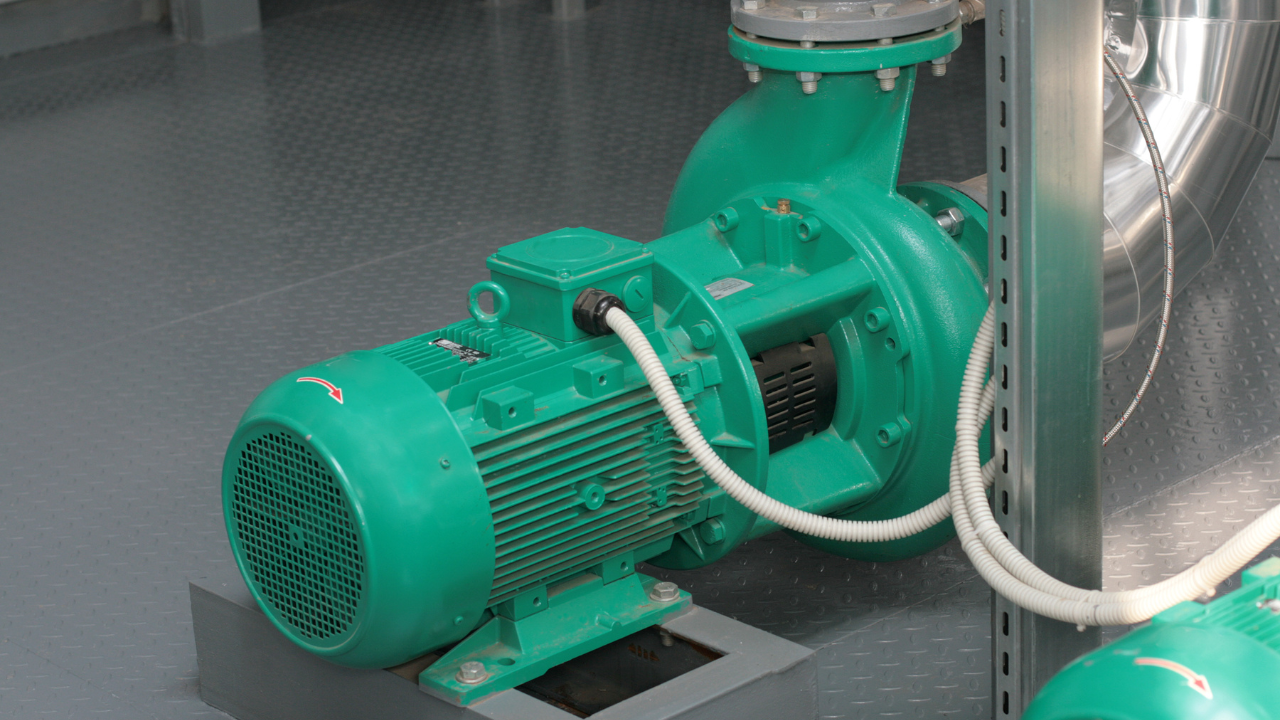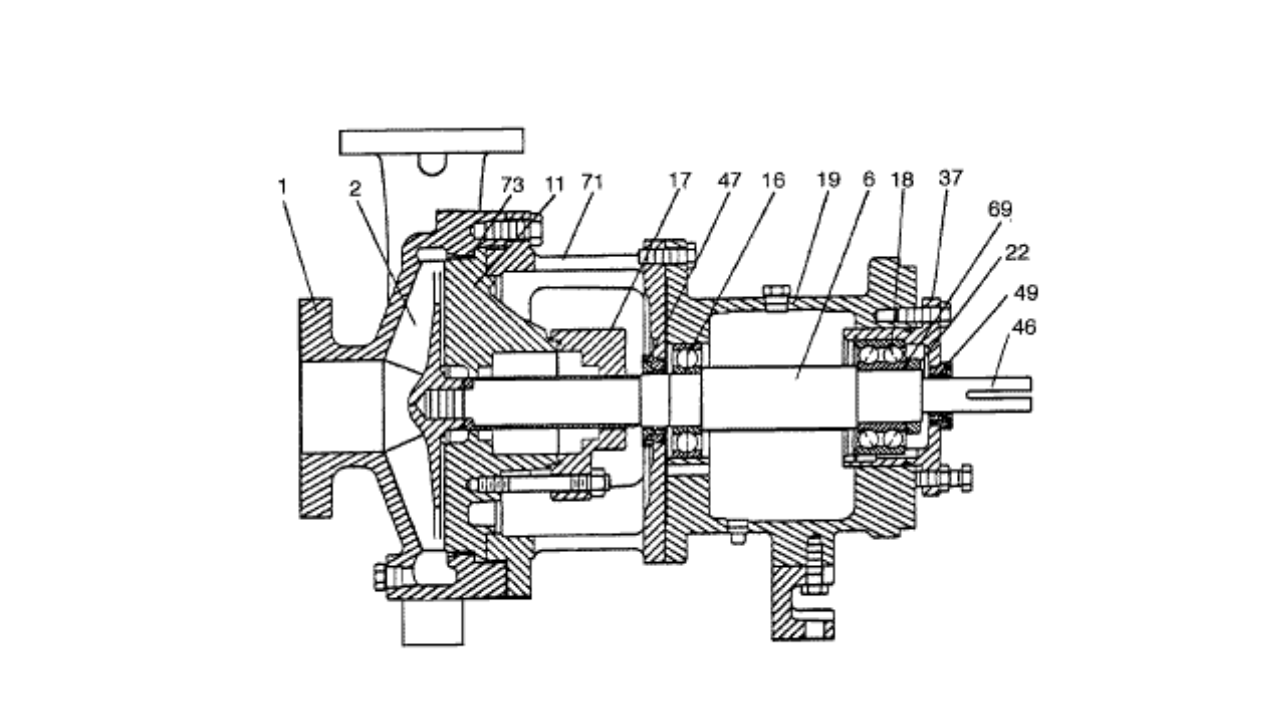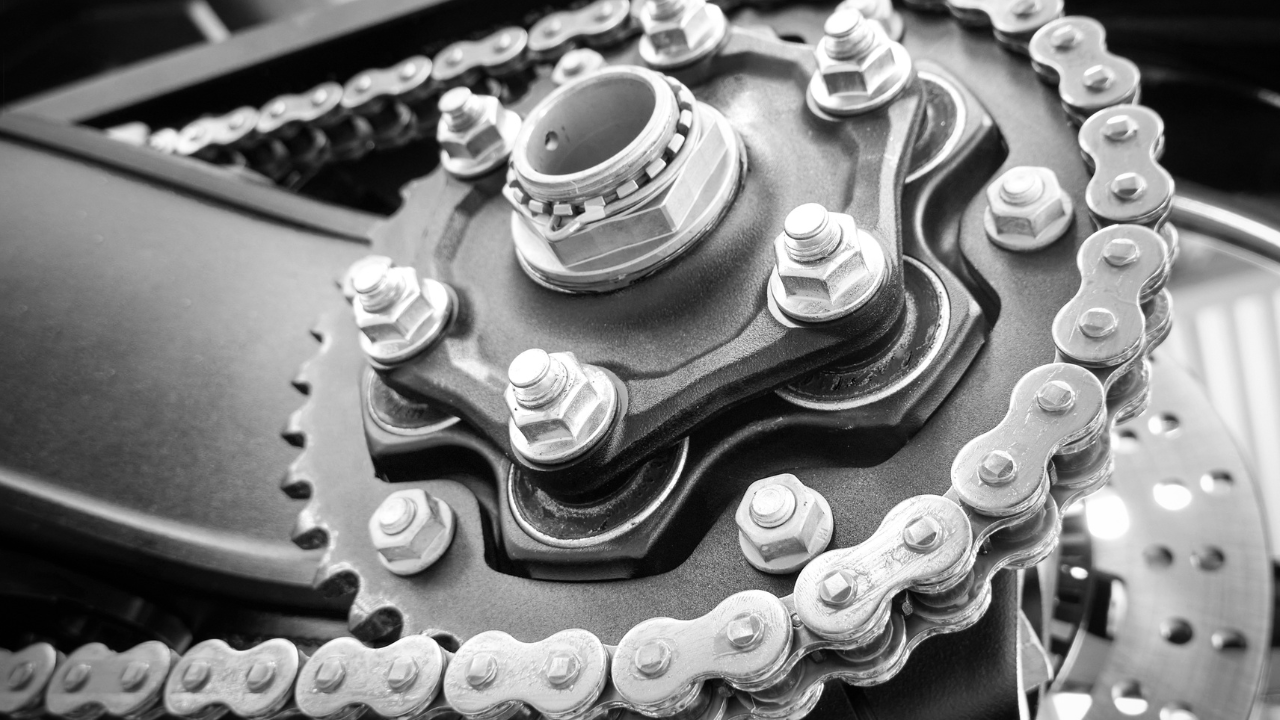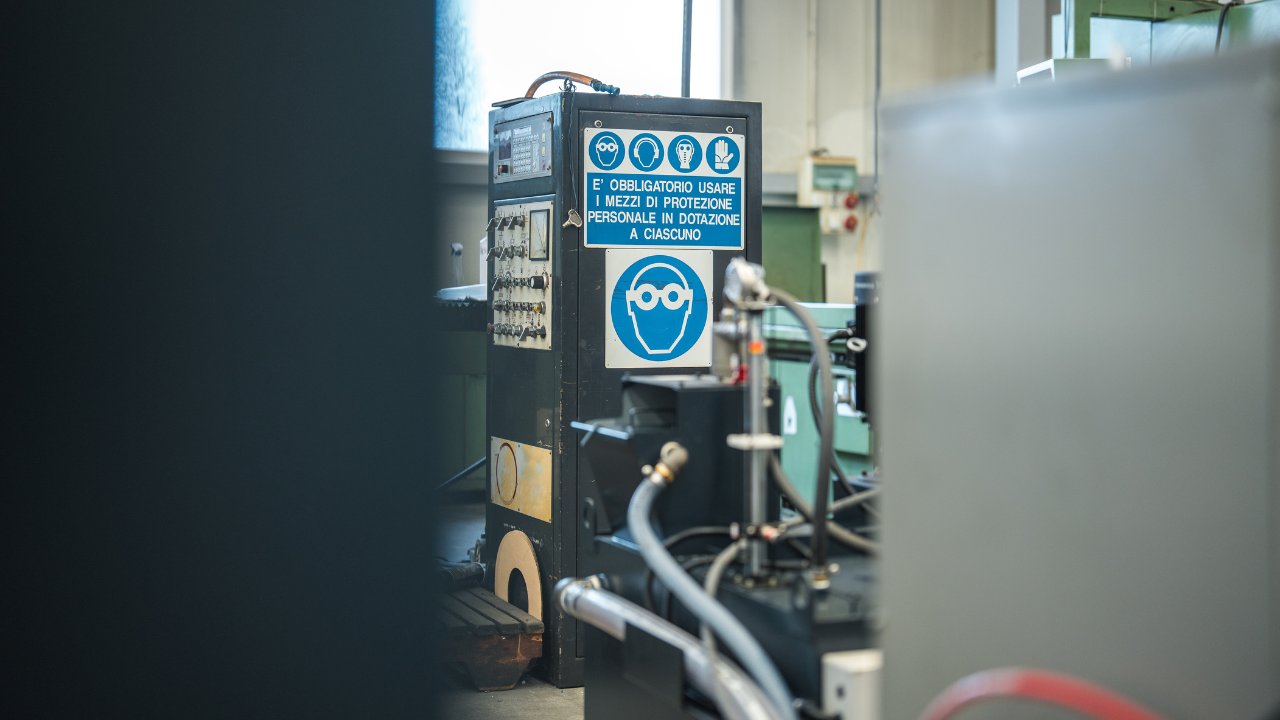OEE: Overall Equipment Effectiveness
Author Mike Sondalini with permission of BIN95 Industrial Training
Oh “Overall Equipment Effectiveness”, I’ve heard about that before!
Unfortunately, in many facilities, that’s all OEE (Overall Equipment Effectiveness) is to the personnel. Something they heard of, talked about or read about. Many maintenance departments today still do not effectively utilize the OEE tool even though it’s widely used among the world class companies.
Definition of OEE: Overall Equipment Effectiveness
The overall performance of a single piece of equipment or even an entire factory,
will always be governed by the cumulative impact of the three OEE factors:
Availability, Performance Rate and Quality Rate.
OEE is a percentage derived by multiplication of the three ratios for the factors mentioned above. The OEE percentage is used for analysis and benchmarking.
In speaking with Mike Sondalini (Best Practice Facilitator/Author) about a similar topic – Root Cause Analysis (RCA), Mike makes a statement I think identifies one of the main barriers to successful OEE implementation today.
Mike: “I must admit that a lot of people know of RCA and its implications but very few people use it. I think it’s because they aren’t able to convince enough of the right people at their work place to try it and then to stick with it.”
In my experience, OEE has had better coverage than the other analysis tools like RCA or Fault Tree Analysis (FTA). This may be due to the fact that Overall Equipment Effectiveness is also a benchmarking tool as well as an analysis tool. In an attempt to grow the numbers who profit from using OEE, I will go over what OEE is, why you should use OEE, and how to use it.
What is OEE?
OEE = Availability X Performance Rate X Quality Rate
Availability – Percent of scheduled production (to measure reliability) or calendar hours 24/7/365 (to measure equipment utilization), that equipment is available for production.
Note: measures the percent of time that the equipment can be used (usually total hours of 24-7-365), divided by the equipment uptime (actual production).
Performance Rate – Percent of parts produced per time frame, of maximum rate OEM rated production speed at. If OEM specification is not available, use best known production rate.
Note: Performance efficiency is the percentage of available time that the equipment is producing product at its theoretical speed for individual products. It measures speed losses. (e.g., inefficient batching, machine jams)
Quality Rate – Percent of good sellable parts out of total parts produced per time frame.
Note: Determining the percent of the total output that is good. (i.e. all products including production, engineering, rework and scrap.)
Example: 50% Availability (0.5) X 70% Performance Rate (0.7) X 20% Quality Reject Rate (results in 80%(0.8) acceptable) = 30%OEE (Please see www.DowntimeCentral.com/OEE_TEEP.htm for a free online calculator to practice with.)
Why use OEE?
Overall Equipment Effectiveness (OEE) can be used to save companies from making inappropriate purchases, and help them focus on improving the performance of machinery and plant equipment they already own. OEE is used to find the greatest areas of improvement so you start with the area that will provide the greatest return on asset. The OEE formula will show how improvements in changeovers, quality, machine reliability improvements, working through breaks and more, will affect your bottom line.
As you strive towards World Class productivity in your facility, this simple formula will make an excellent benchmarking tool. The derived OEE percentage is easy to understand and displaying this single number where all facility personnel can view it, makes for a great motivational technique. By giving your employees an easy way to see how they are doing in overall equipment utilization, production speed, and quality, they will strive for a higher number!
I highly recommend using an automated equipment monitoring system with an LCD display for your OEE in each respective area of your facility so all can monitor. To the employee in each area, it will become as common to glance at, as the speedometer on a car. While showing machine speed with such a display helps, machine speed is only a small percentage of your overall equipment effectiveness – OEE.
How to use OEE?
Implementing the Overall Equipment Effectiveness formula in your facility can take on many different forms. It can be used as an analysis and benchmarking tool for either reliability, equipment utilization, or both. Don’t let indecision on how to best use OEE become a barrier that prevents you from using it at all. Start out small if necessary, picking your bottleneck to collect the OEE metrics on.
Once you see first hand what a valuable tool it is, you can gradually take OEE measurements on other equipment in your facility. If you work in manufacturing , there is no substitute for going out to the shop floor and taking some rough measurements of OEE. You will be surprised by what you find!
While monitoring OEE per equipment brings focus on the equipment itself, it may not provide true cause of major costs, unless the cause is obvious. For example OEE can appear improved by actions such as purchasing oversize equipment, providing redundant supporting systems, and increasing the frequency of overhauls.
To improve your OEE percentage, you will need to use other tools and methodologies available to you, like TDC, RCA, FTA etc. TDC is a relatively new methodology that focuses on True Downtime Cost for justification and making better management decisions. You can learn more about TDC at www.downtimecentral.com/tdc.htm. TDC overcomes the main implementation barrier for OEE by giving maintenance managers a tool in which to show actual cost savings in relationship with OEE.
For the ultimate decision making tool, incorporate OEE with TDC.
Front End: Incorporate TDC into your data collection. (contact me for a free power point)
Back End: Incorporate TDC into your software reporting by requiring it of your software vendor.
On a larger scale, you should not only be calculating equipment OEE, you should also be calculating a production line OEE, and within a corporation, a facility OEE. Factory automation companies are starting to incorporate OEE into the reports they generate automatically! There are also a few companies who specialize in providing shop floor data in automatic easy to read OEE reports. If you would like more information or recommendations on companies that can get your automated OEE system up and running, please contact me at [email protected], I’ll be happy to recommend a service provider.
Click here to learn how to Enhance Overall Equipment Effectiveness through TPM.
Author Mike Sondalini with permission of BIN95 Industrial Training
Related Articles

What the Pump Was Designed to Do and Why it Doesn't Do it

What is Wrong with the Modern Centrifugal Pump?

Digging Up Savings: Go with the Flow

Chain Drive Design Recommendations

Classifying Chemicals to Assure Effective Sealing




